Creative industries in Washtenaw County add hundreds of millions of dollars to the local economy. In the weeks and months to come, host Deb Polich, the President and CEO of Creative Washtenaw, explores the myriad of contributors that make up the creative sector in Washtenaw County.

ABOUT TERRIS AHRENS:
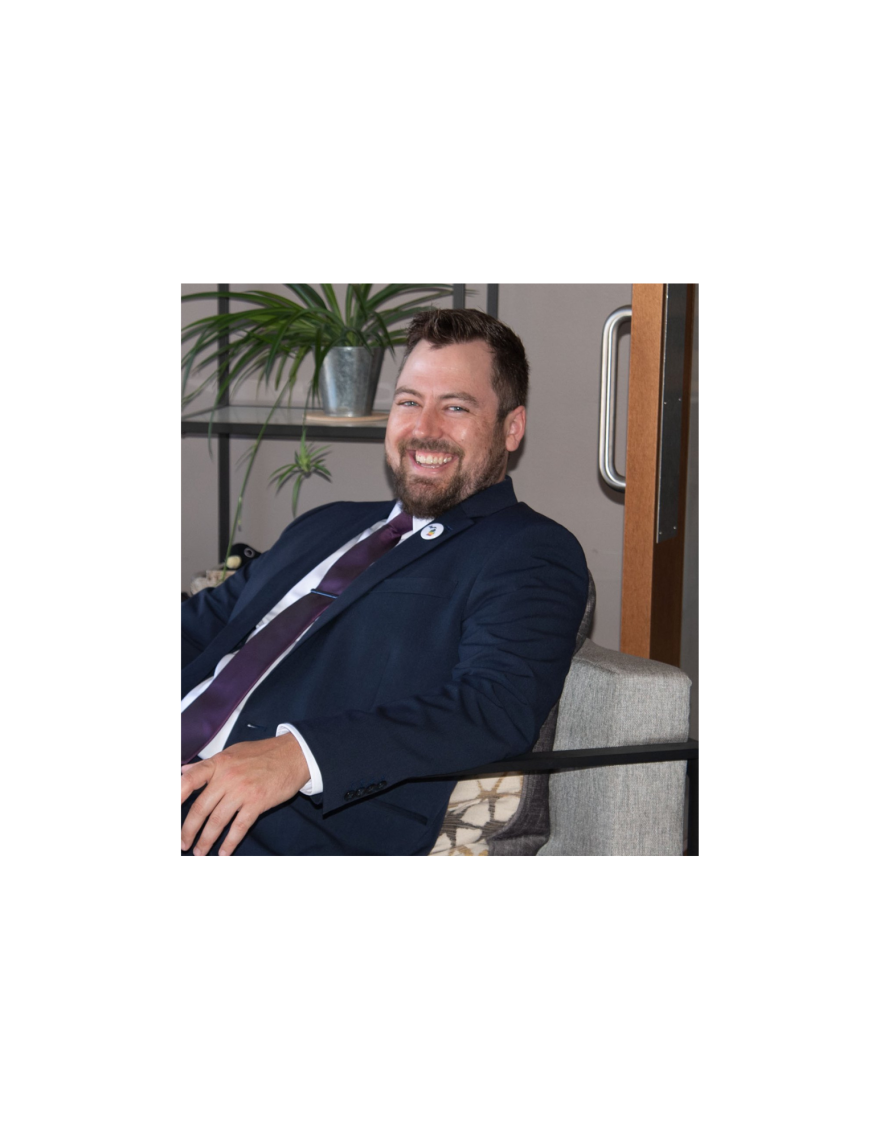
"Born and raised in Manchester, I have been an active member of the Chelsea/Grass Lake/Manchester communities all my life. I have extensive knowledge of local community events, parks, and downtown food and entertainment. I am an ambassador with the Chelsea Area Chamber of Commerce, I served on the Chelsea City Council's Housing Research Advisory Committee, and I am a member of the Manchester Men's Club."
RESOURCES:
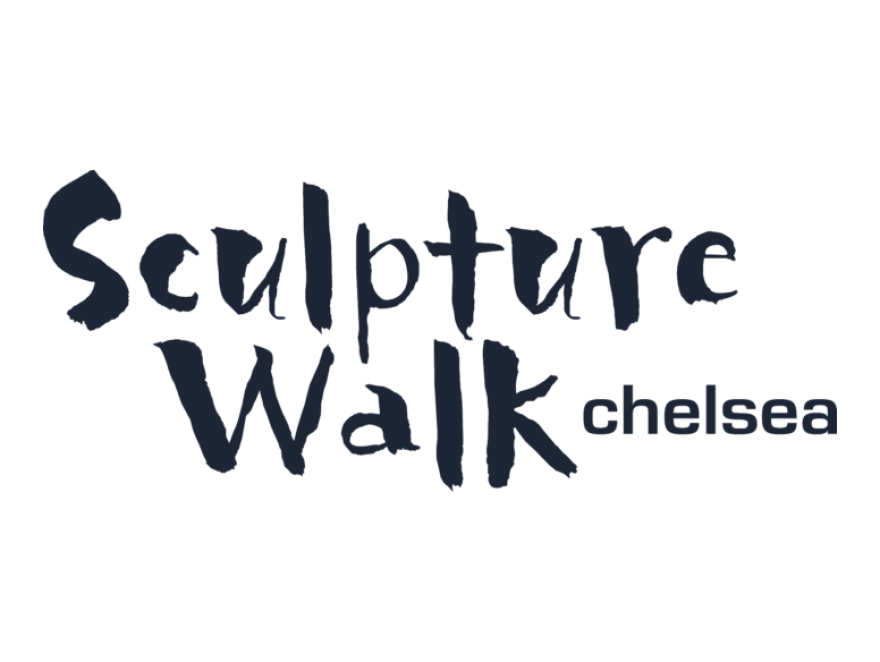
TRANSCRIPTION:
Deb Polich: Welcome to creative:impact on 89 one WEMU. I'm Deb Polich, president and CEO of Creative Washtenaw and your creative:impact host. Thanks for tuning in on Tuesdays to meet up with those leading creative projects that inspire impact and make Washtenaw County a vibrant, creative hub. We're heading to the west side of the county this week, where on the streets of Chelsea, you will discover Sculpture Walk, a series of public art installations collected over the years. Terris Ahrens is the executive director of the Chelsea Area Chamber of Commerce, and he oversees the Sculpture Walk program. Terris, Welcome to creative:impact.
Terris Ahrens: Thank you, Deb. Thanks for having me.
Deb Polich: Yeah, we're so glad to have you here. So, Sculpture Walk is in its about 12th year, I believe. And I know that I've been there and enjoyed it. But please describe it quickly for our little our listeners.
Terris Ahrens: Sure. Sure thing. So, basically what it is is every year we put out a call for artists, and people submit different sculptures. This year, we had almost 50 sculptures submitted for, you know, to be in exhibit.
Deb Polich: To jury?
Terris Ahrens: Yep. And then, we put together a jury, and the jury review all of them and we whittle it down and we think about logistics of, you know, durability and where it's going to be placed. And then, we rotate in sixteen sculptures every year.
Deb Polich: That's great.
Terris Ahrens: That's pretty much the broad stroke.

Deb Polich: So, I'm going to ask you. You're the director of the Chelsea Chamber of Commerce. And I've often referred to Creative Washtenaw as a chamber of commerce for the arts. But I often get blank stares from the younger members of our group. What's the chamber? So, tell us. What's a chamber?
Terris Ahrens: Oh, gorgeous George. Well, that's a big conversation. But I'll say a chamber can be quite a few different things. I think the traditional concept of a chamber basically being, you know, call them up for a referral is kind of in the past with the, you know, Internet and Google. That's just not, realistically, the best way we can serve our community. So, I would consider it more of a community chamber of commerce, in which case it is about promoting the healthy environment of our community, our downtown, pushing commerce. You know, our mission statement is basically to maintain Chelsea as the premier place to live, work and recreate. So, we do that through things like bringing art into town at the Sculpture Walk or throwing, you know, big community events like the Backyard Beer Garden or, you know, booking 81 bands for Sounds and Sights every Thursday in June and July. So, it's stuff like that, you know, plus economic development corporations. That's just tons of different things.
Deb Polich: And is that, I mean, an evolving entity, a chamber is at this point in our history. Are all the things that you described why the Chelsea chamber took on Sculpture Walk?
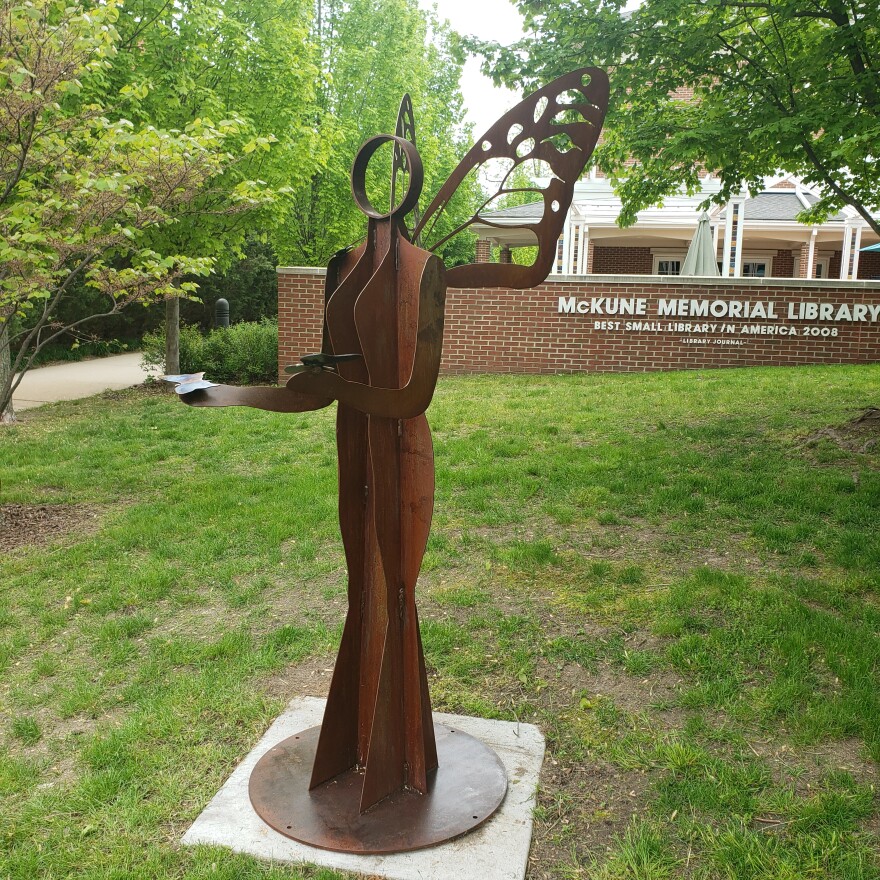
Terris Ahrens: Well, Sculpture Walk was, you know, started in 2009, mainly by the River Gallery and Patty Schwartz. It was taken over by Chelsea area festivals and events in 2019. And last year, Chelsea Area Festivals and Events decided to dissolve. And it was something that the Chamber felt was special enough to our community and pushed commerce and tourism enough that we wanted to see it keep going. And so, we talked with enough of the right people and brought in enough of the right people. And there you go.
Deb Polich: And Sculpture Walk annually features about 16 works placed throughout the city. And you pay an artist fee, which is great. Thank you.
Terris Ahrens: Yup.
Deb Polich: All the artists thank you for that. And then, you also make those works available for sale with about 70% of the sale going to the artists, which is also appreciated. I know that past works sold now dot the streets of Chelsea. Are they being bought by businesses, the city, or neighbors? Who's picking these up?
Terris Ahrens: Predominantly, it's local organizations or businesses. The library this year just bought their third sculpture from the Sculpture Walk for permanent placement. Silver Maples has bought some. And that's the bigger thing. It's usually more businesses. But we look to see that grow as the years go on. We'd like to start permanently placing more. In my opinion, I think it would be really impressive to have a community that's, like, you know, ten, 20 years from now, not just rotating 16 in or out.
Deb Polich: So, many cities and towns do exactly what you're talking about: finding their identity in some ways through public art and design. A few examples kind of include like Cloud Gate, also known as the Millennium Beam in Chicago, or the large sculpture by Alexander Calder in the front of Grand Rapids City Hall. Other communities steer clear of public art and design because it always creates dialog. Sometimes, it's very positive, and sometimes it can be controversial. What has Chelsea's experience been?
Terris Ahrens: Oh, yeah. Well, you know, anytime you pick six or seven different sculptures from different artists in your place around town, you're going to have a lot of different textures and ideas and concepts. And we obviously get ones that sometimes create some controversy, and, usually, we have the exact same answer to everybody. That's what art's supposed to do. You know, you're talking about it, aren't you? And that kind of whole thing. But, overall, the reception from our community for Sculpture Walk is nothing but positive. I mean, people love it. The DDA helps support it a little bit every year with some cash. And, you know, as I said, for us to be receiving, you know, over 40 submissions, and we rotate our jury every year, everyone's just always really excited. May's a very exciting time when we see the installations happening and people see the new ones coming in each year. It's great. Everybody loves it.
Deb Polich: It's transformational. Sounds transformational. 89 one WEMU's creative:impact continues. I'm Deb Polich, and my guest is Terris Ahrens, executive director of Chelsea's Chamber of Commerce. We've been talking about the annual Sculpture Walk, a public art program now in its 12th year. So, along those lines, you know, with purchases and the installations, how do you go about both promoting the call for art and then the selection? Who gets involved with the selection?
Terris Ahrens: Oh, yeah. Sure. So, well, as far as the promoting the call for artists, we just use our channels. You know, we have a pretty large social media presence and, you know, email lists that have been developed over time, you know, MailChimp accounts and stuff like that. We pretty much just push it out through there. And then, we do reach out to some of the schools and stuff and make sure those departments know that there's a call for artists happening. And it seems to be working okay. At least, it works pretty good this year for us with plenty to choose from.
Deb Polich: Are they mostly local? Are they mostly local artists?
Terris Ahrens: Oh no. I mean, regional for sure.
Deb Polich: Okay.

Terris Ahrens: Lots of people out Ohio. People from up north. Definitely not like all Chelsea residents. Actually, I don't know that we have a single Chelsea resident in this year's thing, but don't quote me on that.
Deb Polich: Okay.
Terris Ahrens: But yeah, predominantly more regional. It's a lot of the same artists that do other Sculpture Walks in the area like the MSI Sculpture Walk and stuff like that.
Deb Polich: Okay.
Terris Ahrens: And we do get a lot of returning people. So, it's, like, every time we get one, you know, a new person on board and they bring their thing while they plan on it for the following year. And so, then you get those return. And then, that just keeps growing. So now, we're getting lots of different submissions.
Deb Polich: And then the selection process--who decides?
Terris Ahrens: Oh yeah. So, the selection process--we put together a jury every year. Basically, it's just people in the community that are either highly community-based or they're artist-based. We don't want the jury to always be just a room full of artists because that's not the only people that are going to look at this all year long. But we do bring in an architect. We bring in somebody, you know, this year, we had the executive director from the library there. So obviously, they're highly invested in the Sculpture Walk and have lots of pads on their property. And then, you know, we brought in someone who used to run an art gallery here in the community. We brought in Crystal Scott, who used to actually run the Sculpture Walk for a while. She's on the jury. So, it's just really a different collection of people. We go through. We rate them all anonymously. We don't show them what the artist names are or anything. So, we just bring up a slideshow, and they all give their things. And then, we throw it in an algorithm. And then after that, you do have to think about size and durability, right? So, somebody might really love a sculpture, but when we look at it and go, "That thing's not going to make it through a year," then, unfortunately, that one would be excluded along with other reasons.
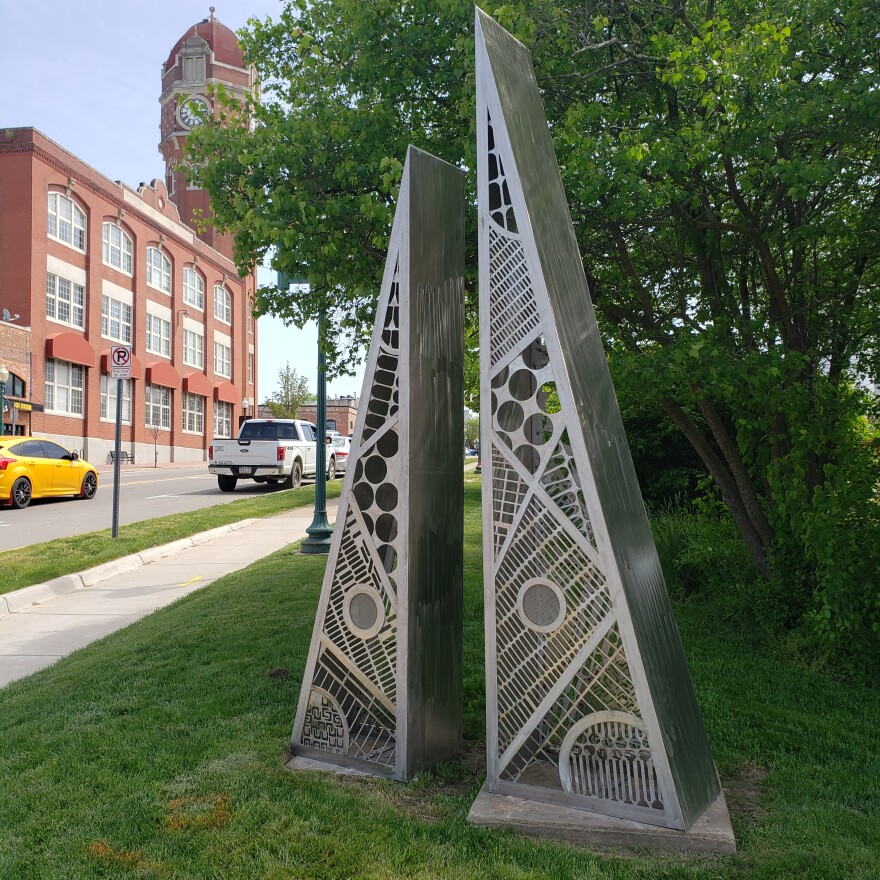
Deb Polich: And, likewise, also safety. I imagine that comes into play.
Terris Ahrens: Mm hmm. Yeah. 100%
Deb Polich: So, you said that the selections have been made for 2023. When will they go up?
Terris Ahrens: May.
Deb Polich: May.
Terris Ahrens: You'll start to see them go up in the first week of May. We'll start the schedule of doing removals and installations. And, yeah, we have some very cool ones this year. I'm really happy we have 16 sculptures, and none of them are duplicates of the same sculpture because a lot of sculptors will submit two, three. In some years, we get less submissions, and we end up having two from the same sculptor. And that's fine. But it's really nice to see that more eclectic array where every sculpture is from a different sculptor and very unique styles and everything. So, I think it's going to be a great show this year.
Deb Polich: So, I encourage listeners to go to Chelseamich dot com to see and hear descriptions of the works from last year and then turn back in May. And, better yet, head to Chelsea with a Sculpture Walk map in hand now. And then, go back in June. So, I thank you very much, Terris, for joining us and we look forward to seeing your selections this year and doing not only that but Sights and Sounds and all the other exciting things that you guys are managing there in Chelsea.

Terris Ahrens: Yup. Thank you for having me. And we hope to see you out there. And I like how you said, you know, as much as we get excited about the new ones coming up, it's a great time to come out and check these other ones off your list and get to see them before they're gone.
Deb Polich: Absolutely. And the weather's breaking, so we can we can look forward to warmer stuff and taking a walk with the family. That's Terris Ahrens, executive director of the Chelsea Chamber of Commerce. We've been talking about Chelsea's annual Sculpture Walk, a public art program. Find out more about Sculpture Walk at WEMU dot org. You've been listening to creative:impact. I'm Deb Polich, president and CEO of Creative Washtenaw and your host. Mat Hopson is our producer. We invite you to join us every Tuesday to meet the people who make Washtenaw creative. And, in fact, if you have suggestions or ideas at any time, please let us know and check us out at WEMU dot org and give us suggestions of other great creatives that live and work in Washtenaw County. This is 89 one WEMU FM Ypsilanti. Public Radio from Eastern Michigan University.
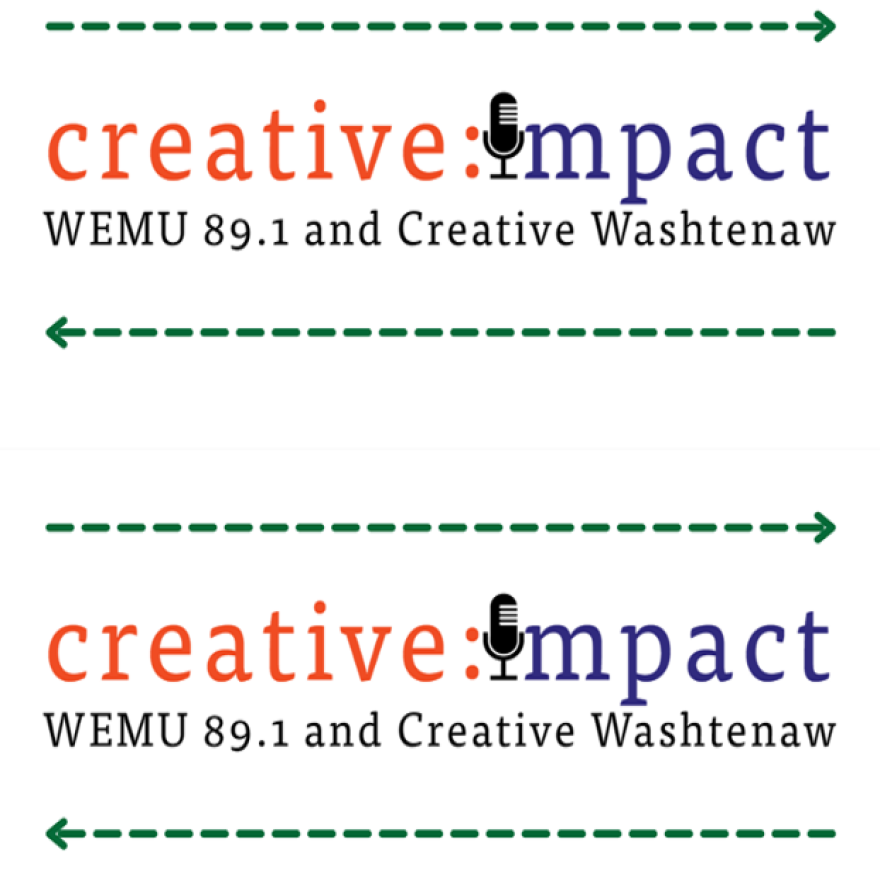
Non-commercial, fact based reporting is made possible by your financial support. Make your donation to WEMU today to keep your community NPR station thriving.
Like 89.1 WEMU on Facebook and follow us on Twitter
Contact WEMU News at 734.487.3363 or email us at studio@wemu.org







